5083 5086 6061 6082 marine aluminum channel
Marine aluminum channel is an essential structural product in shipbuilding, offshore platforms, marine fittings, and related coastal infrastructure. Compared with steel, marine-grade aluminum channels offer an exceptional combination of strength-to-weight ratio, corrosion resistance in seawater environments, ease of fabrication, and long-term durability. The most commonly used alloys for marine channels are 5083, 5086, 6061, and 6082.
What is a Marine Aluminum Channel?A marine aluminum channel is an extruded profile with an open “U” or “C” cross-section used as structural support, framing, railing, stiffening, and guide tracks in marine and coastal applications. Channels are produced by extrusion (and sometimes hot-roll forming) with precise dimensional tolerances and can be supplied with different alloy compositions, temper conditions, and surface finishes (mill finish, anodized, painted).
Primary Functions
Structural support: Beams, stringers, stiffeners, framing members, and secondary structural members where lightweight and corrosion resistance are required.
Ladder and walkway components: Rungs, supports, and side channels for gangways and steps.
Railings and stanchions: Handrail supports, guard rails and lifeline systems.
Deck fittings and mounts: Bases for cleats, bollards, and equipment supports.
Hatch frames and door frames: Lightweight yet rigid frames with good corrosion life.
Cable and pipe guides: Channels used as trays and guides for marine services.
Trim and finishing: Edge trim, fascia and aesthetic detailing for boats and coastal structures.
Why Choose 5083, 5086, 6061, 6082 for Marine Channels?
5xxx Series (5083, 5086): Non-heat-treatable alloys strengthened by magnesium. Excellent corrosion resistance in seawater, good weldability, high toughness and fatigue resistance. Ideal for primary hull structure, decks, and areas exposed to seawater.
6xxx Series (6061, 6082): Heat-treatable alloys (Mg + Si) offering higher strength than many 5xxx alloys when artificially aged (T6). Good machinability and formability; 6061 is widely used for structural components and fittings. 6082 has higher strength among the 6xxx series and good marine corrosion resistance when properly coated or anodized.
Common Profiles and DimensionsChannels are manufactured in many standard and custom sizes. Typical channel features:
Cross-section shape: U-channel or C-channel
Flange width: typically from 10 mm to several hundred mm depending on load requirements
Web thickness and flange thickness: commonly 2–16 mm for extruded channels; thicker when welded or rolled
Lengths: standard extrusion lengths up to 6–8 meters (cut-to-length available). Longer welded assemblies also common.
Implementation Standards and SpecificationsManufacture, testing, and acceptance commonly reference international and regional standards:
ASTM B928 / B209: Aluminum and aluminum-alloy sheet, plate, and extruded profiles (ASTM B221 for extrusions).
ASTM B209 / B221: Plate/sheet and extruded bars, rods, wire, profiles.
EN 755 series: Aluminum and aluminum alloy extruded rod/bar/section profiles.
EN 573: Chemical composition for wrought aluminum alloys.
ISO 6361: Wrought aluminum and aluminum alloys — sheet, strip and plate (comparable references exist for extrusion standards).
AWS D1.2: Structural welding code — aluminum (for welded assemblies).
AMS and MIL specifications: Where required for defense/marine craft applications.Buyers should specify alloy, temper/profile tolerances, surface finish, and any post-processing (anodizing, alodine, painting, mechanical finishing).
Alloy, Temper and Typical Mechanical PropertiesBelow are typical temper conditions, typical mechanical ranges, and recommended uses. Actual delivered properties should be confirmed with mill test certificates.
All values are typical ranges; refer to supplier MTC for certified values.
5083-O / H111 / H116
Temper: O (annealed), H111 (strain-hardened), H116 (stabilized for corrosion)
Typical Yield Strength (MPa): 65–145 (O ~35–110; H116 higher)
Typical Tensile Strength (MPa): 110–240
Elongation (%): 8–20
Notable: Exceptional seawater corrosion resistance and weldability. Used for hulls, decks, and structural members.
5086-H116 / H321
Temper: H116, H321 (stabilized tempers for corrosion)
Yield Strength (MPa): 110–180
Tensile Strength (MPa): 230–350
Elongation (%): 10–20
Notable: Very good marine corrosion resistance; widely used in boat hull extrusions and structural channels.
6061-T6 / T651
Temper: T6 (solution heat treated and artificially aged), T651 (stress-relieved)
Yield Strength (MPa): 240–275
Tensile Strength (MPa): 290–310
Elongation (%): 8–12
Notable: Good strength-to-weight, machinability; requires protective coatings in aggressive seawater unless anodized/painted.
6082-T6
Temper: T6 (heat-treated)
Yield Strength (MPa): 260–300
Tensile Strength (MPa): 300–350
Elongation (%): 8–12
Notable: Higher strength among 6xxx alloys and good extrudability; used for structural channels needing higher strength.
Chemical CompositionTable 2 — Typical Chemical Composition (weight %) — approximate ranges
5083 (EN AW-5083 / AlMg4.5Mn)
Si: 0.40 max
Fe: 0.40 max
Cu: 0.05 max
Mn: 0.40–1.0
Mg: 4.0–4.9
Cr: 0.05–0.25
Zn: 0.25 max
Ti: 0.15 max
Al: balance
5086 (EN AW-5086 / AlMg4.5Mn0.7)
Si: 0.40 max
Fe: 0.40 max
Cu: 0.10 max
Mn: 0.4–1.0
Mg: 3.5–4.5 (or 4.0–4.9 depending on spec)
Cr: 0.05–0.25
Zn: 0.25 max
Ti: 0.15 max
Al: balance
6061 (EN AW-6061 / AlMg1SiCu)
Si: 0.4–0.8
Fe: 0.7 max
Cu: 0.15–0.40
Mn: 0.15 max
Mg: 0.8–1.2
Cr: 0.04–0.35
Zn: 0.25 max
Ti: 0.15 max
Al: balance
6082 (EN AW-6082 / AlSi1MgMn)
Si: 0.7–1.3
Fe: 0.50–1.2
Cu: 0.10 max
Mn: 0.4–1.0
Mg: 0.6–1.2
Cr: 0.25 max
Zn: 0.25 max
Ti: 0.10 max
Al: balance
Corrosion Resistance and Weldability
5083 & 5086: Excellent resistance to seawater and salt spray; highly weldable by MIG/TIG using matching filler alloys (e.g., ER5356 for 5xxx alloys). Post-weld mechanical properties may be reduced in heat-affected zones, so design must account for local strength reductions. Anodizing is limited as these alloys do not respond as well to decorative anodizing compared with 6xxx series.
6061 & 6082: Good corrosion resistance when protected (coatings, anodizing). Weldability is good but filler selection (ER4043, ER5356) and pre-/post-weld treatments should be considered. 6xxx alloys are heat-treatable; welding may necessitate reheat treatment to restore strength.
Fabrication and Forming
Extrusion is the primary manufacturing method for producing precise channel profiles. Hot-extrusion allows wall thicknesses down to 2 mm or less depending on die design and alloy.
Bending, machining, punching and drilling are straightforward for all these alloys; 6061 is known for machinability.
Forming limits: 5xxx alloys have good cold formability up to certain bend radii. 6xxx alloys in T6 condition are less ductile; forming may require annealing or using softer tempers (e.g., T4 then age to T6 if needed).
Surface Finishes and Treatments
Mill finish (as-extruded)
Mechanical polishing/brushing
Anodizing (better aesthetic and corrosion protection for 6xxx series; 5xxx can be anodized but color uniformity varies)
Chromate conversion coatings (Alodine/chemical conversion)
Powder coating or liquid painting for UV and abrasion resistance
Marine-grade sealants or sacrificial anodes for galvanic protection when in contact with dissimilar metals
Typical Testing and Quality Control
Chemical composition analysis (OES)
Mechanical testing: tensile and yield strength, elongation (per standard)
Dimensional tolerances and straightness checks
Surface inspection for defects
Non-destructive testing (ultrasonic, dye-penetrant) for critical structural pieces
Corrosion testing in some cases (salt spray, immersion tests)
Mill Test Certificate (MTC) per EN 10204 3.1 or 3.2 if required
Design Considerations
Corrosion allowance and selection: prefer 5xxx alloys for constant seawater immersion; 6xxx alloys acceptable for above-water or protected applications.
Avoid galvanic corrosion: isolate aluminum channels from steel or copper with non-conductive barriers or use sacrificial anodes and compatible fasteners.
Thermal expansion: aluminum has higher thermal expansion than steel — allow for expansion/movement in long runs.
Load-bearing design: use manufacturer’s section modulus and moment of inertia data for structural calculations. Consider buckling and local crippling for thin-walled channels.
Welding and fastening: specify appropriate filler alloys and pre-/post-weld practices; use stainless steel or aluminum fasteners, or isolate dissimilar metal contact.
Typical Applications by Alloy
5083: Hull stringers, bulkheads, deck framing, hull channels, structural members exposed to seawater.
5086: Hull extrusions, railings, floor supports, stanchions, light structural channels in marine craft.
6061: Fittings, brackets, rails, superstructure components, non-immersed structural channels, fabricated assemblies requiring machining.
6082: Heavier structural channels, load-bearing frames, architectural marine structures where higher strength is needed.
Example Specification Clause (for procurement)
Supply extruded aluminum channel: alloy 5083-H116, , , mill finish, tolerance to EN 755-9 (or ASTM B221), include MTC EN 10204 3.1, chemical and mechanical test reports, packaging for marine shipment.
Marine aluminum channels in 5083, 5086, 6061, and 6082 alloys provide designers and builders a comprehensive toolkit: 5xxx alloys for superior seawater corrosion resistance and weldability; 6xxx alloys for higher strength and excellent machinability when combined with protective coatings. Selecting the correct alloy, temper, surface treatment, and fabrication route ensures optimal performance and longevity for marine applications. For project-specific recommendations, provide expected service environment (immersion, splash, atmospheric), mechanical loads, joining methods, and finish requirements to your supplier so they can confirm alloy, temper, and test documentation.
Related Products
Marine aluminum channels
Marine Aluminum Channels are U-shaped aluminum profiles produced from alloys such as 5083, 5052, and 6061, known for their excellent marine corrosion resistance and superior mechanical strength.
View Details5083 marine aluminum flat bar
5083 aluminum flat bars belong to the 5xxx series of aluminum-magnesium alloys, known primarily for their superior resistance to seawater corrosion and salt spray.
View DetailsMarine aluminum angles
Marine Aluminum Angles are L-shaped cross-sectional aluminum profiles produced from marine-grade aluminum alloys such as 5083, 5052, and 6061.
View Details6061 T6 marine aluminum flat bar
6061 aluminum is classified as a heat-treatable 6xxx series alloy, alloyed primarily with magnesium and silicon. The T6 temper designation indicates that the flat bar has been solution heat-treated and artificially aged to achieve optimum strength and hardness.
View DetailsMarine aluminum I-beams
Marine Aluminum I-Beams feature the traditional “I” cross-sectional profile fabricated from marine-grade aluminum alloys like 5083, 5086, and 6061. These alloys are renowned for their outstanding corrosion resistance, especially in saltwater and marine atmospheres, making them ideal for offshore and naval construction.
View DetailsMarine aluminum Z-shaped sections
Marine Aluminum Z-shaped Sections are fabricated from premium marine-grade aluminum alloys such as 5083, 5052, and 6061. These alloys are well-regarded for their superior corrosion resistance in seawater and marine atmospheres, along with good mechanical strength and excellent weldability.
View DetailsRelated Blog
5083 Marine Aluminum Round Bar for Durable Offshore Vessel Parts
When it comes to constructing durable offshore vessel parts, material choice is paramount. Among various options, 5083 marine aluminum round bar stands out as a highly reliable and versatile solution.
View Details5083 Marine Aluminum Z Shaped Sections for Offshore Vessel Frame Design
In the demanding offshore marine environment, the structural integrity and corrosion resistance of vessels are crucial for reliable performance and safety.
View Details5083 Marine Aluminum Channels for Lightweight Marine Vessel Design
5083 Marine Aluminum Channels for Lightweight Marine Vessel Design: A Perfect Fusion of Strength, Durability, and Corrosion ResistanceIn the evolving world of marine vessel design, the quest for materials that offer unbeatable strength.
View Details5083 Marine Aluminum Channels for Coastal Marine Engineering Projects
In the realm of coastal marine engineering, material selection is crucial for ensuring the durability, performance, and safety of structures exposed to harsh sea environments.
View Details5083 Marine Aluminum I Beams for Seawater Resistant Boat Hull Design
Constructing seawater resistant boat hulls demands not only impeccable design but also the right choice of materials engineered for marine environments. Among available metals.
View Details5083 Marine Aluminum Round Bar for Custom Coastal Marine Engineering
When it comes to custom coastal marine engineering, material selection is crucial for ensuring durability, strength, and resistance to harsh marine environments.
View Details

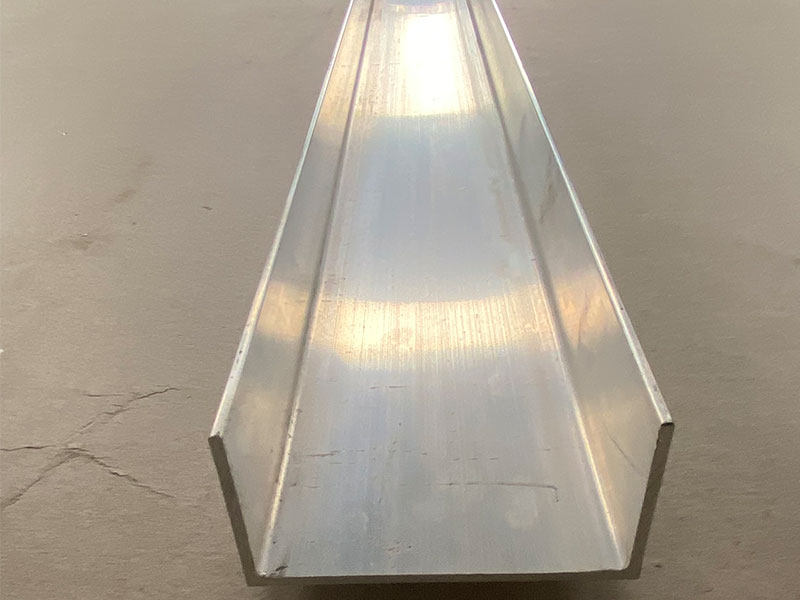
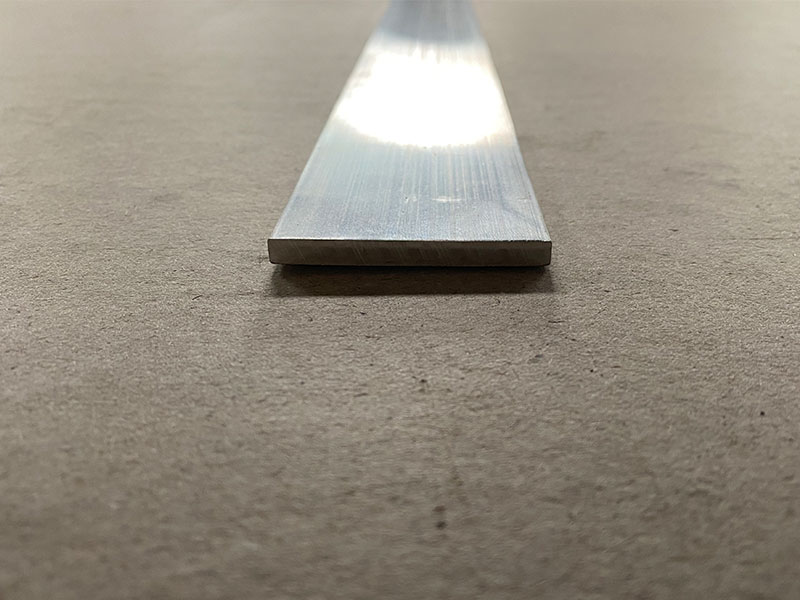
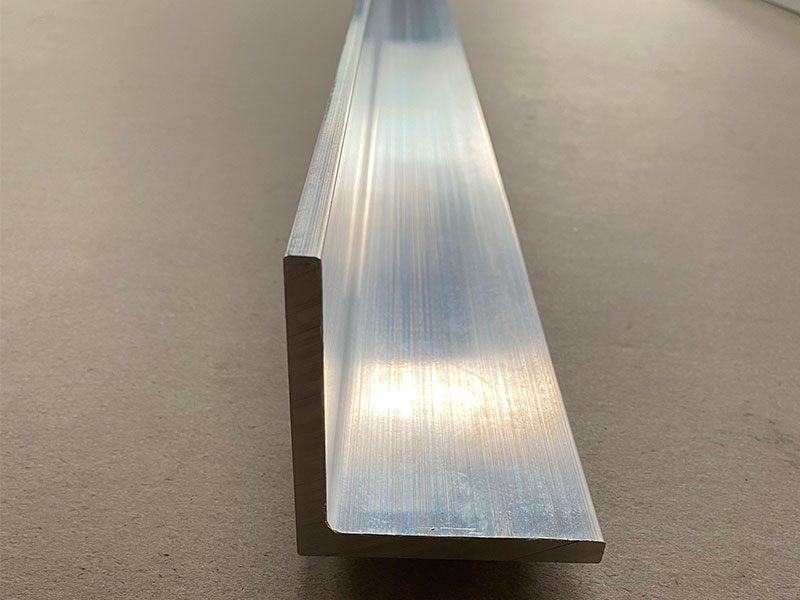
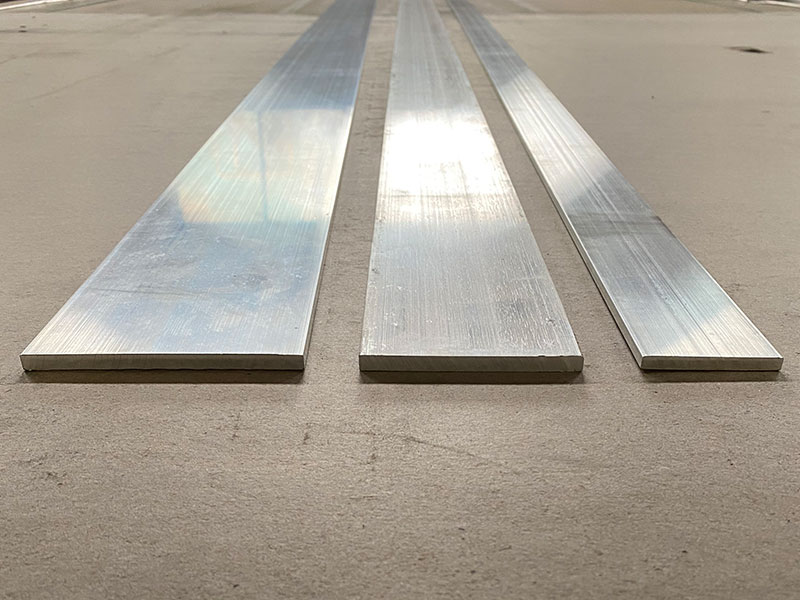
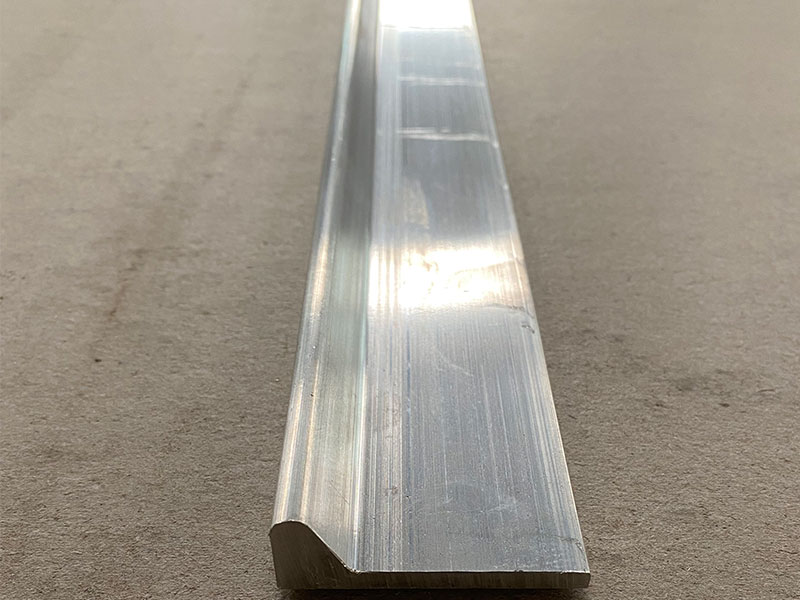
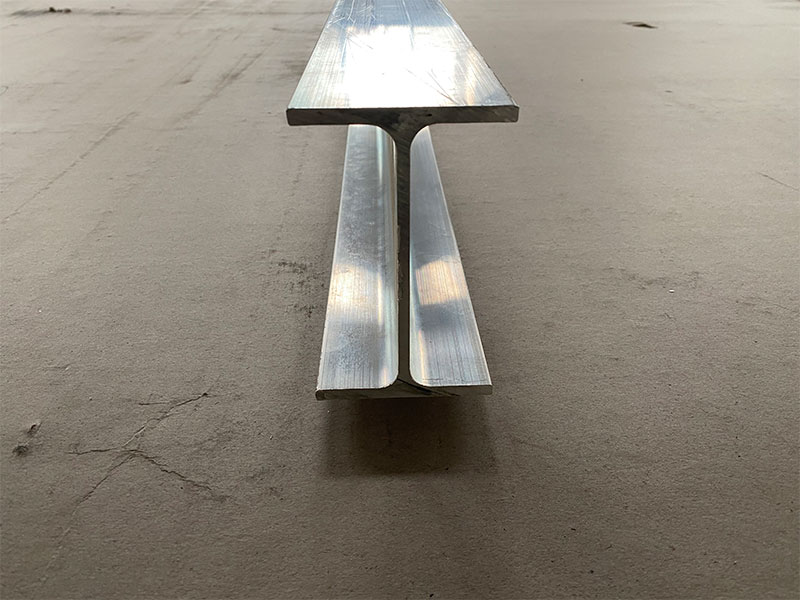





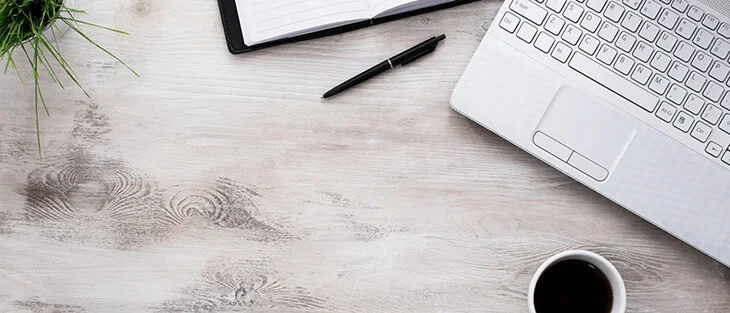
Leave a Message